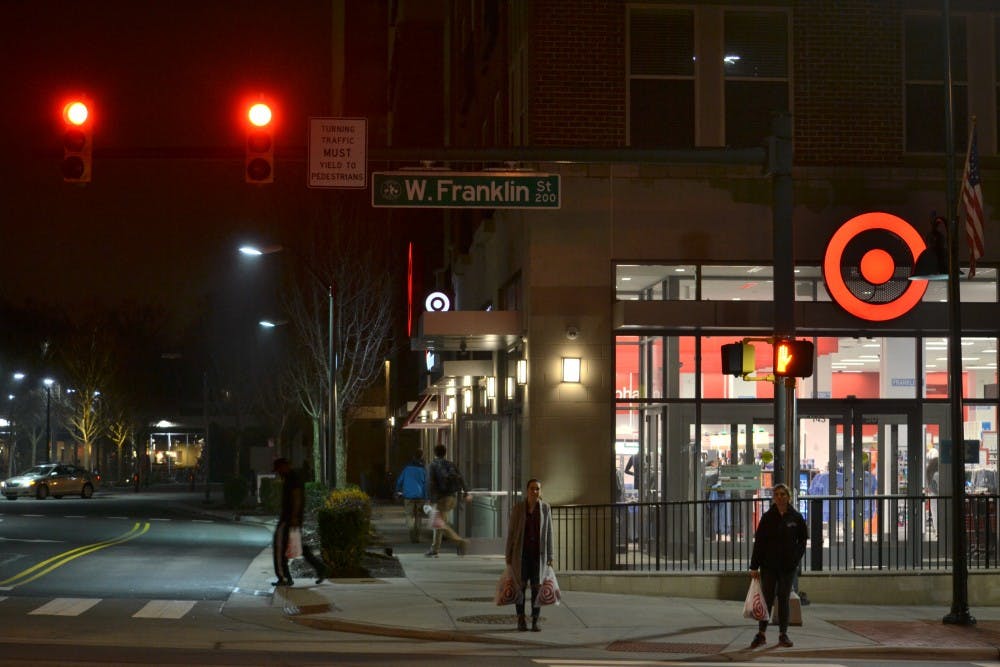Orange County missed out on $18 million in sales tax revenue in 2016 due to a lack of retail in the area, according to information from this year’s State of the Community Report.
Chapel Hill’s proximity to Durham, lack of land, town procedures and the national increase of online retail have created a steady “retail gap” in the region for years.
The retail gap happens when residents report spending more money than businesses in the area report in sales, meaning residents are going to other areas to do their shopping.
This year’s State of the Community Report said the gap for Orange County was $800 million in 2016 — much bigger than neighboring counties. Durham’s retail gap was just $100 million.
The town has been concerned with the gap since 2007 and completed research in 2009. The county collects 2.25 percent in sales tax, so the $800 million gap kept the county from an extra $18 million in revenue.
Dwight Bassett, economic development officer for the Town of Chapel Hill, said the extra sales tax revenue the town missed out on could have been used to support more in the community, such as the arts.
Having a diverse retail base also improves the town’s livability because residents don’t have to leave to get products. The retail diversity within Durham’s corporate limits has helped attract jobs, Bassett said.
Mike Clayton, owner of Clayton Commercial Realty, said residents need to decide if they would rather fund the town through personal and property taxes or by spending locally and contributing to sales tax revenue — and then vote for local officials accordingly.
In 2016, the Town and county jointly committed to giving Wegmans a $4 million incentive to come to the area as long as the grocery store showed a gain in sales taxes. The project’s property and sales tax is projected to add about $800,000 to the town’s yearly income.




